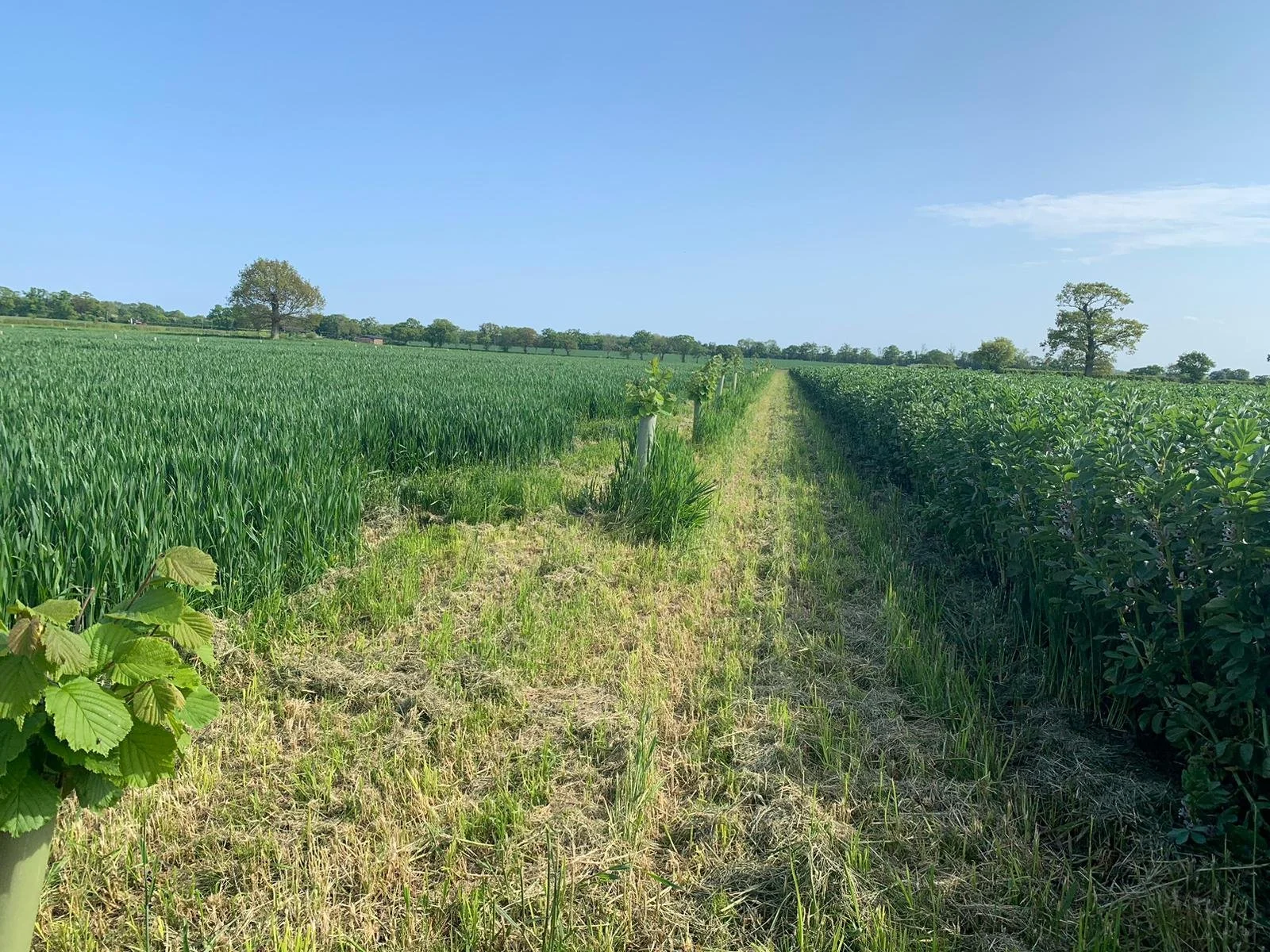
Kenton Hall Farm
Field 7 & 8
You are standing by fields 7 and 8. This is an experimental trial field we are working on in an attempt to reduce chemical inputs and increase biodiversity without compromising on food production.
The headland is a mixture of grass and wildflowers. Providing hay for our cattle and food for pollinators.
The field is broken up into strips of different crops from our crop rotation, this system was inspired by farmers in Asia and Eastern Europe where they farm like this because they have less access to sprays. If a disease hits the crop, its spread is limited by the next crop.
Between the rows we have planted beetle banks and pollen mixes. The beetle banks offer habitats for crop predators so we can reduce chemical insecticide and the pollen mixes provide food for beneficial insects which in turn help increase our yields through pollination.
Within the rows of beetle banks and pollen mixes we've planted walnut and hazelnut trees in an agroforestry system. We hope to add them as a new crop for our farm, one which sequesters carbon and helps promote good soil health amongst the rest of the field.
Thank you for reading.
Wildflower headlands
The aims of conservation headlands are to encourage the growth of a number of broad leaved weed species and hence the insects which live on them. These insects in turn are vital food items of birds. The weeds and their seeds provide food for small mammals and the flowers are important nectar sources for butterflies. Conservation Headlands are also a refuge for rare and declining plants, once common members of the arable flora, and for many species of beneficial insects.
Beetle Banks
Beetle banks are grass mounds, about 2 metres wide, which run through the middle of large fields.
Beetle banks can boost predatory insect numbers which help pest control.
The field headland can remain intact so the whole field is still farmed as one unit.
Benefits can be boosted by measures to protect the banks from pesticide sprays.
Nut Trees
There are best edible nuts to grow in the UK are: hazelnuts, sweet chestnuts and walnuts. The hazel tree grows all over the UK, especially in England where it used to be coppiced for the versatile wood. The ‘cobs’ or nuts are produced in small clusters of 2-4 appearing in late summer. They are delicious when very young and can be stored for several months.
We hope to produce delicious hazelnuts in the coming years, watch this space!
Get in touch…
If you have any questions or would to know more, don't hesitate to contact Tom - 07594283217.




